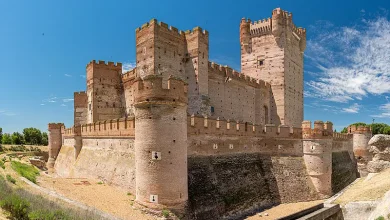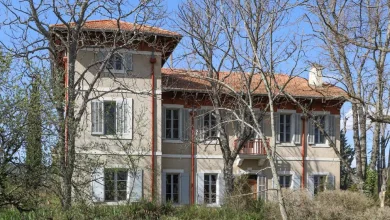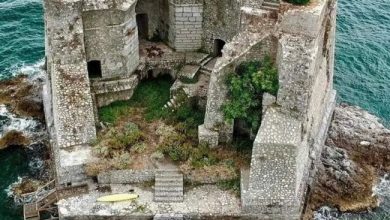Abandoned Castle: Edinburgh Castle Exploration Guide
Edinburgh Castle holds a special place in the hearts of both locals and tourists who visit Scotland’s capital city. It sits proudly on Castle Rock, offering a fascinating glimpse into the past with its rich history and breathtaking architecture. In this guide, we’ll dive into the captivating world of Edinburgh Castle, unveiling its intriguing past, exploring its notable attractions, and providing essential information for visitors.
The History of Edinburgh Castle
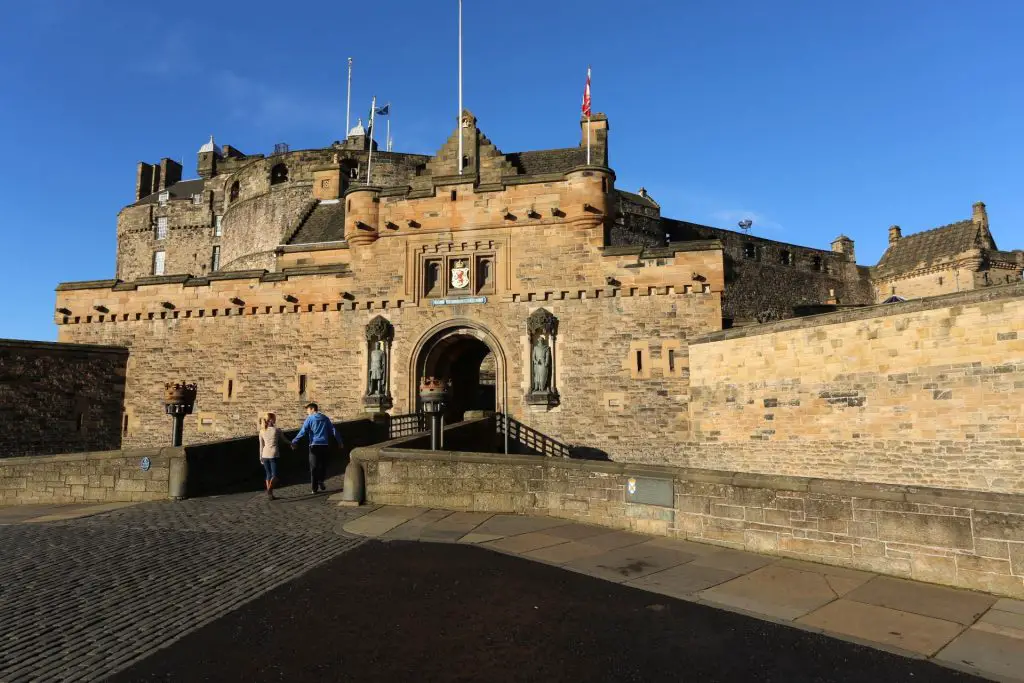
Edinburgh Castle’s roots can be traced back to the 12th century, and there’s evidence suggesting it may have been inhabited even earlier. Throughout the centuries, the castle has undergone numerous changes and expansions, reflecting the influence of different ruling powers and the strategic importance of its location.
Major Historical Events and Occupants
The castle has been a witness to countless historical events, including sieges, battles, and royal ceremonies. It has served as a royal residence, a military stronghold, and a symbol of power for Scottish monarchs and later the British crown.
Overview of the Castle’s Design

Edinburgh Castle showcases a blend of architectural styles that tell the story of its diverse history. Its strategic position on Castle Rock naturally provides defensive advantages, and the castle’s layout and structures have evolved accordingly.
Key Structures and Features
Within the castle walls, visitors can explore remarkable structures such as the Royal Palace, the Great Hall, and St. Margaret’s Chapel. Each of these structures has its own unique story to tell and offers a glimpse into the past.
Attractions and Points of Interest
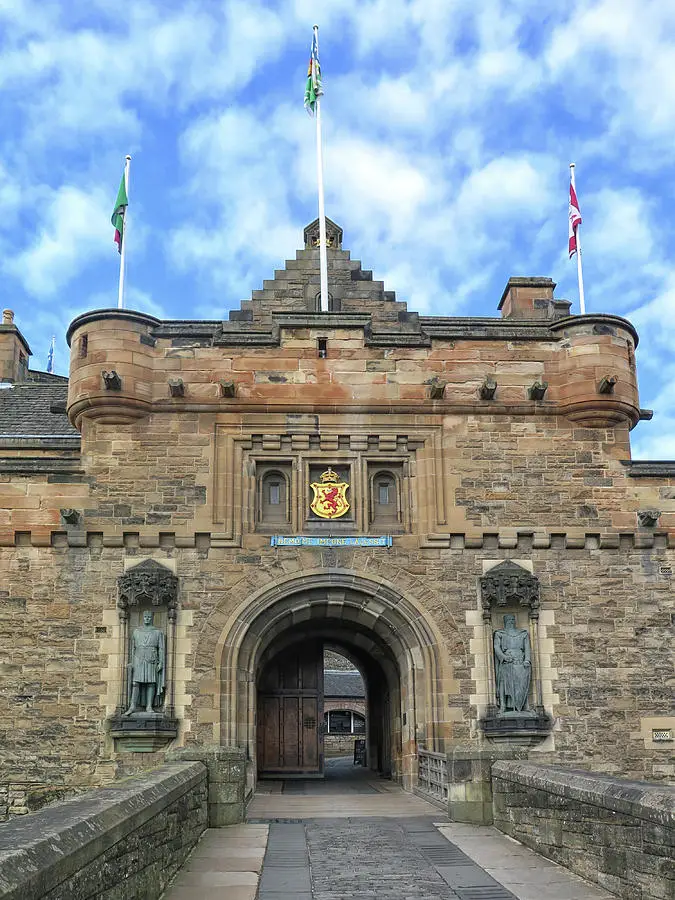
Crown Jewels of Scotland
A highlight of any visit to Edinburgh Castle is the opportunity to see the Crown Jewels of Scotland. These precious artifacts, including the Crown, Scepter, and Sword of State, represent the country’s sovereignty and regal heritage.
The Great Hall
Impressing visitors with its grandeur and historical significance, the Great Hall was built in the 15th century. Throughout the centuries, it has hosted banquets, celebrations, and even trials.
St. Margaret’s Chapel
As the oldest surviving building in Edinburgh, St. Margaret’s Chapel provides a peaceful sanctuary within the castle walls. This charming chapel, dedicated to Saint Margaret of Scotland, offers a glimpse into medieval religious practices.
Mons Meg
Mons Meg, an enormous medieval siege cannon, is an iconic feature of Edinburgh Castle. Its historical significance and impressive size make it a popular attraction for visitors.
Military History
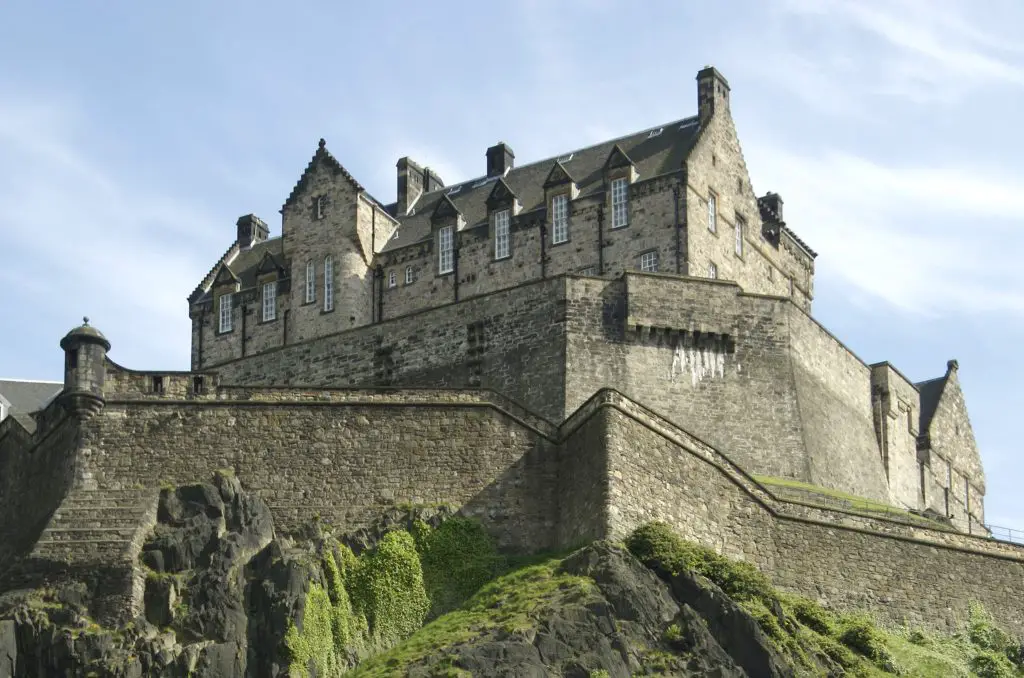
Use as a Military Stronghold Edinburgh Castle has played a crucial role as a military stronghold throughout its history. Its strategic location and formidable defenses made it an essential asset during various wars and conflicts.
Role in Various Wars and Conflicts
The castle has witnessed significant battles and sieges, including the Wars of Scottish Independence, the Jacobite uprisings, and both World Wars. Each conflict has left its mark on the castle’s history, solidifying its reputation as an impregnable fortress.
The Royal Edinburgh Military Tattoo, held annually at Edinburgh Castle, is a spectacle that attracts visitors from around the world. This captivating performance showcases military bands, dancers, and performers against the backdrop of the castle.
Historical Background
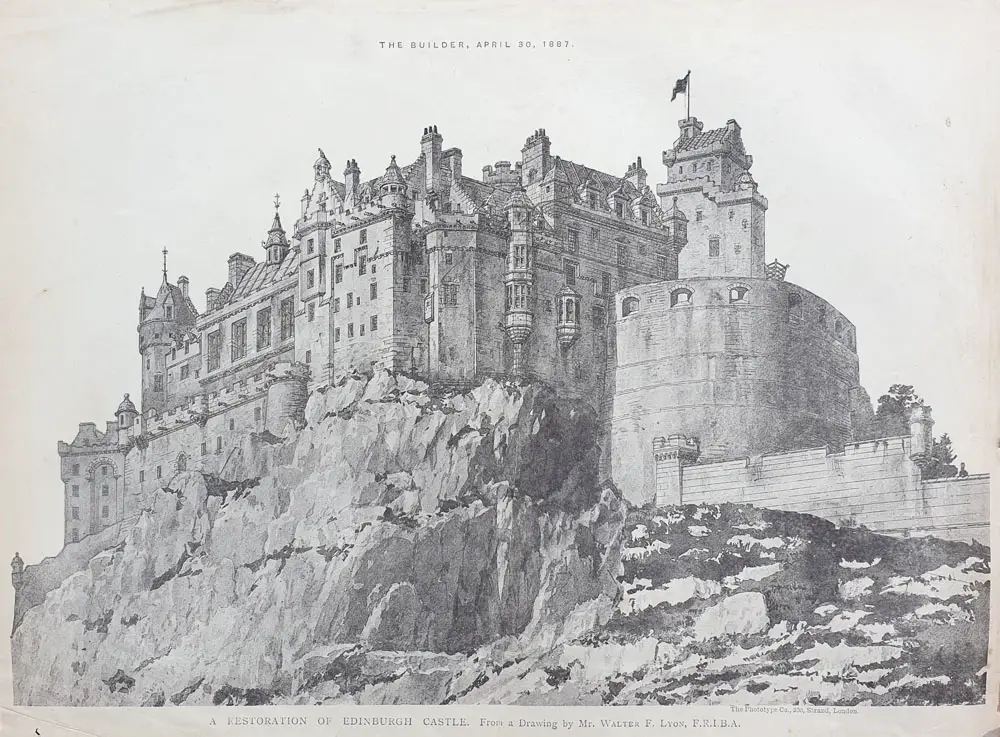
The origins of the Tattoo can be traced back to the 18th century when drummers and pipers would gather to entertain the troops. Over time, the event gained popularity and became an integral part of Scotland’s cultural heritage.
Significance and Popularity
The Royal Edinburgh Military Tattoo is renowned for its electrifying atmosphere, combining music, dance, and precision military drills. It is a celebration of Scottish traditions and military prowess, captivating audiences with its grandeur and spectacle.
Visitor Information

Opening Hours and Admission Fees Edinburgh Castle welcomes visitors throughout the year, with varying opening hours depending on the season. It’s advisable to check the official website for the most up-to-date information regarding timings and ticket prices.
To enhance the visitor experience, guided tours and audio guides are available. Expert guides provide insights into the castle’s history and share fascinating stories, bringing the past to life.
The castle strives to ensure accessibility for all visitors, providing wheelchair access, disabled parking, and accessible toilets. Additionally, the castle offers facilities such as shops, cafes, and restrooms.
Nearby Attractions
A visit to Edinburgh Castle is often complemented by a leisurely stroll along the Royal Mile. This historic street, connecting the castle with the Palace of Holyroodhouse, offers a delightful array of shops, cafes, and historical landmarks.
Situated at the opposite end of the Royal Mile, Holyrood Palace serves as the official residence of the monarch in Scotland. Exploring the palace provides further insights into Scottish history and its royal connections.
Adjacent to Holyrood Palace, the Scottish Parliament is a modern architectural marvel. Visitors can explore the building’s unique design and learn about the country’s political system.

Conclusion
Edinburgh Castle stands as a testament to Scotland’s rich history and cultural heritage. From its ancient origins to its pivotal role in military conflicts, the castle offers a captivating journey through time. Exploring its majestic architecture, experiencing its world-famous events, and immersing oneself in its stories and legends create an unforgettable experience for visitors of all ages.
Source: https://numerologybox.com
Category: Abandoned Place

